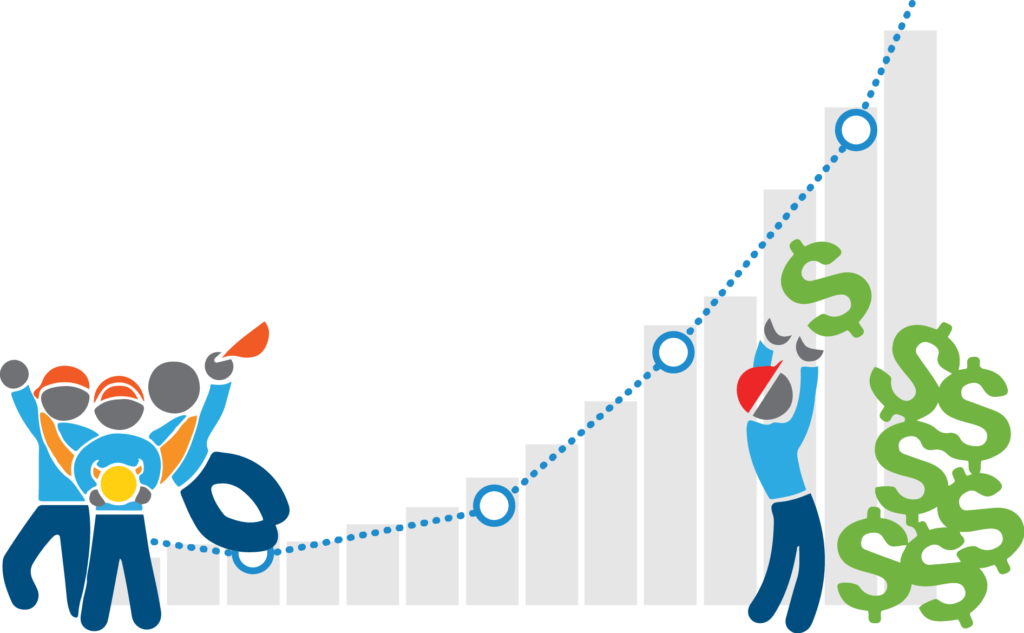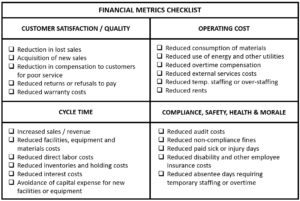How a regional health plan provider was able to use Rapid Action™, a simple approach to team problem solving, to accelerate integration efforts after a recent merger.

While Rapid Action Teams produce both tangible and intangible benefits that more than pay for their cost, it is also true that nothing speaks louder than money. The financial gains assessment portion of Wrap Up Meeting #1 is designed to help teams quantify the financial impact achieved by the results of their ideas.
Assessing results is a critical part of the Rapid Action Team process. This blog is designed to help “cut through the fog” and provide a simple and straightforward path to putting the numbers to improvement solutions.
Follow these guidelines to complete the financial gains assessment:
1.Engage the Team in reviewing the operating performance improvements documented in the previous activity and ask the following question:
Has (or will) this improvement produced measurable financial gains through revenue improvement, expense reductions or capital expense avoidance?
If the answer is NO move on to the next idea. If the answer is YES, continue.
2. Use the Financial Gain Assessment Poster to brainstorm ideas on the specific financial metrics that the improvement has (or will) impact. The follow are some examples that can help stimulate ideas.

3. Once you have linked an improvement to a financial metric, test how the improvement with ACTUALLY IMPROVE the bottom line. For example, if the improvement will reduce workplace injuries, how does fewer injuries save money for the organization? Use the checklist as a starting point. Consider inviting feedback from departments outside the Rapid Action Team as needed. For the example noted, savings can come in reduced insurance premiums, reduced direct medical costs and reduced payroll costs for temp help or overtime to compensate for injured employees.
The key in this step is to make the link to hard savings or gains. Complete this step by filling in the first column of the Financial Gains Assessment Poster with the metric that has or will improve and a brief explanation of how.
4. The next step is to quantify the SIZE of the financial gain. This should be straightforward if you have done an effective job of projecting the improvement. Simply determine the amount of money that is saved or gained with each occurrence of the improvement. Once you have quantified the size of each occurrence, you can project those savings or gains over a 12-month period. Some improvements (particularly those with implementation costs) may need more time to measure the true return on investment.
5. To complete the assessment of Financial Gains, the final step is to identify and document implementation costs – both one time and recurring. These should be subtracted from the projected savings to establish a new financial gain.
ONE CAUTION: Financial gains usually overlap across improvement ideas, so be careful not to double count.